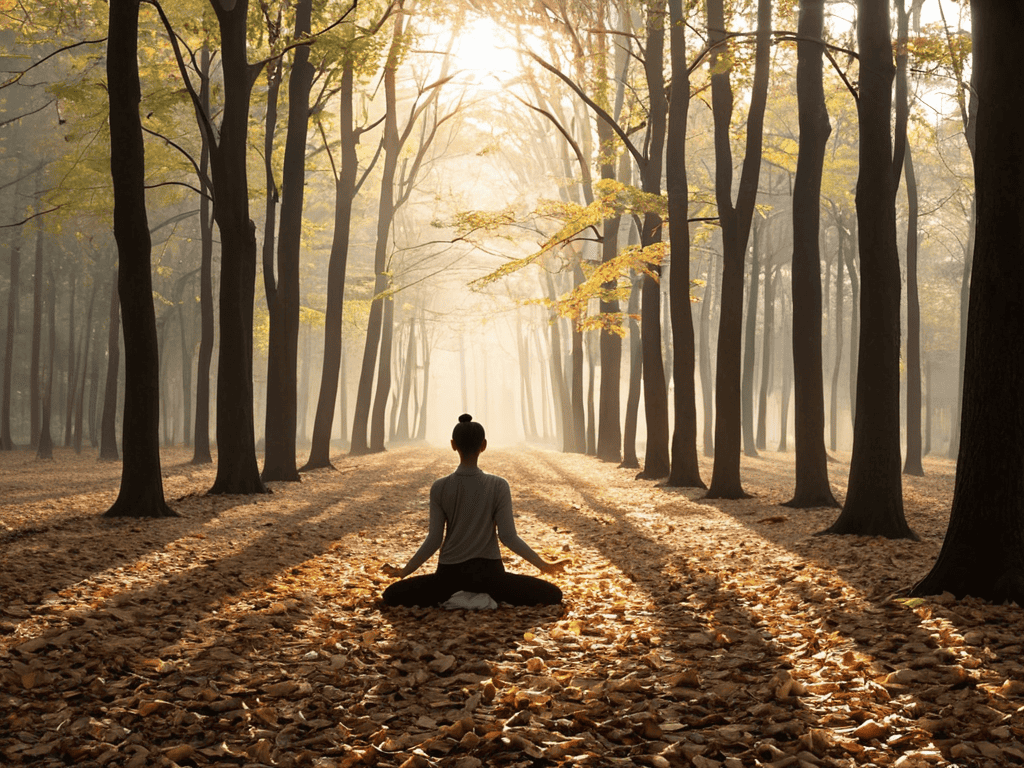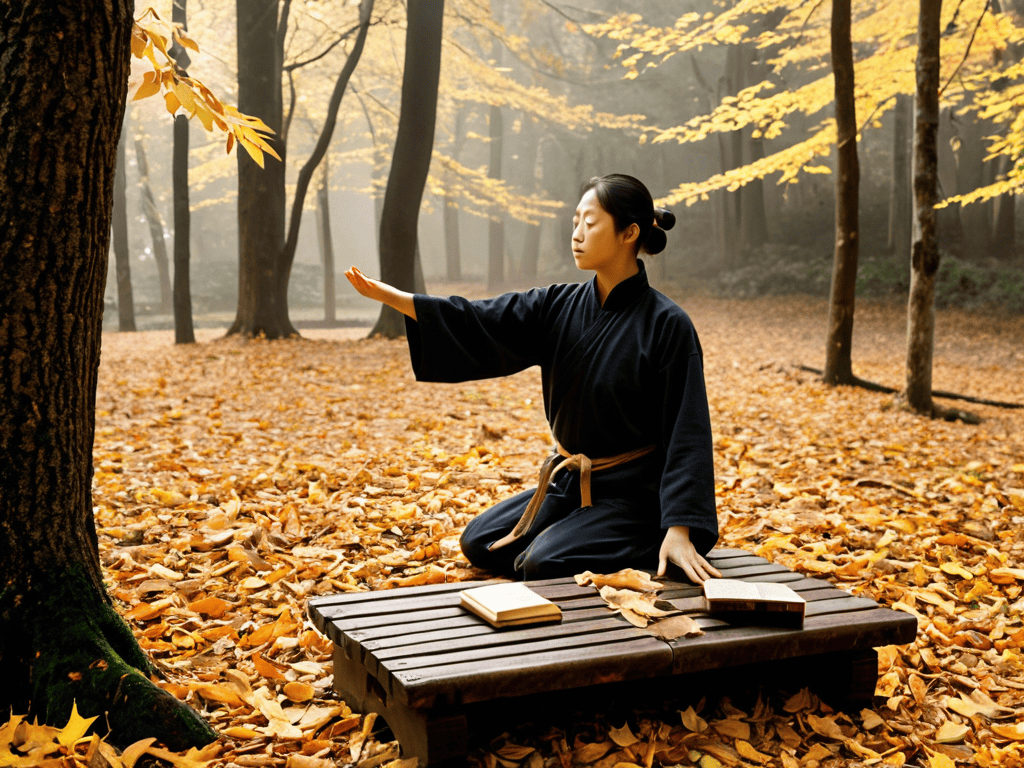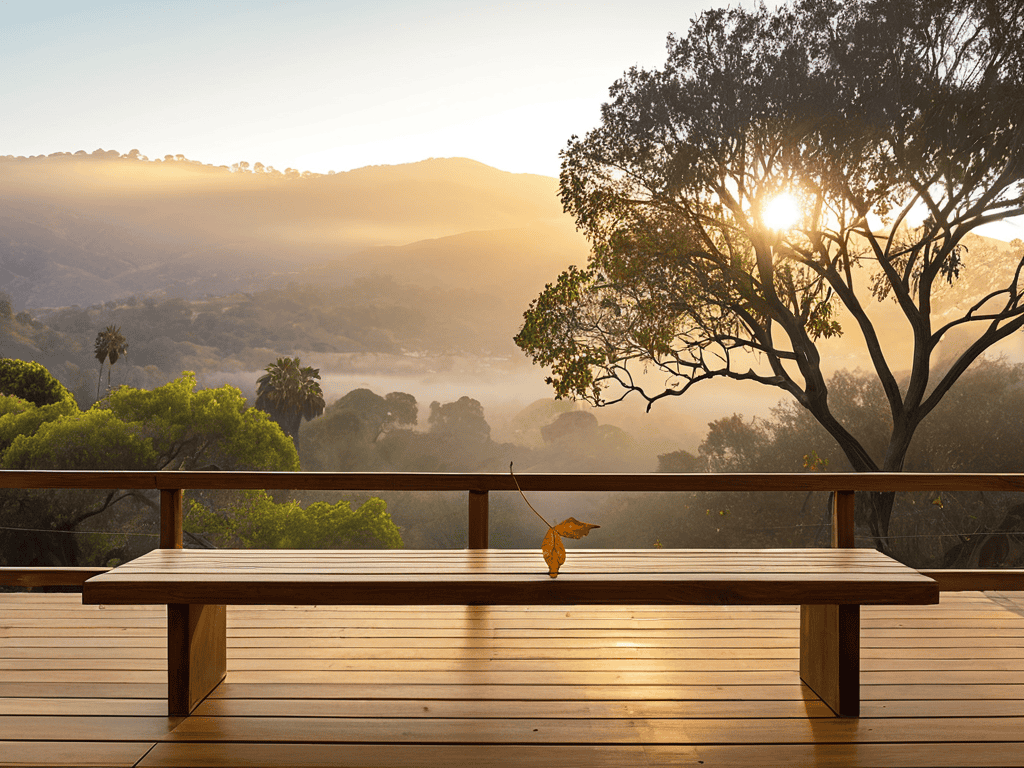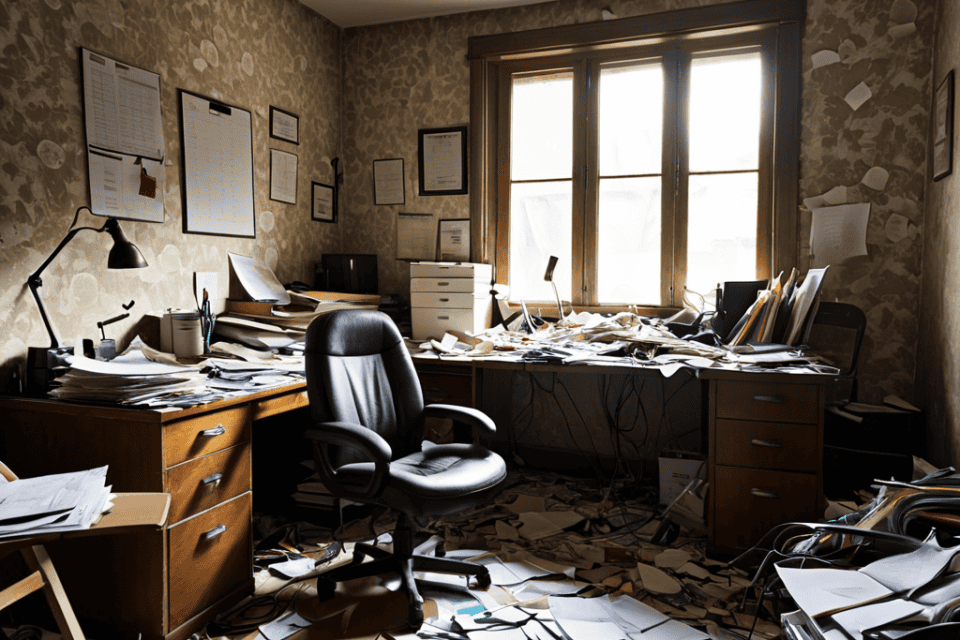As I sit in stillness, surrounded by the serene beauty of Santa Barbara’s nature, I’ve come to realize that the link between physical clutter and mental anxiety is far more intricate than the simplistic solutions often touted. We’ve all been told that a clutter-free space is the key to a clutter-free mind, but I’ve found that this approach can be overly simplistic, even distracting from the true roots of our anxiety. The gentle rustle of leaves outside my window reminds me that true peace lies not in the external, but in the inner harmony we cultivate.
In this article, I promise to share with you my personal journey of discovery, one that has taught me to look beyond the surface level of clutter and anxiety. I’ll offer you practical, experience-based advice on how to untangle the complex web of thoughts, emotions, and surroundings that contribute to our mental state. My goal is not to provide a quick fix, but to guide you in embracing the beauty of imperfection and finding peace in the midst of life’s chaos. Together, let’s explore the uncharted territories of our minds and uncover the gentle wisdom that lies within, waiting to be discovered.
Table of Contents
Whispers of Clutter

As I wander through the forest, I notice how the fallen leaves seem to whisper secrets of the natural world. In much the same way, our surroundings can whisper truths about our inner state. The effects of hoarding on mental health can be profound, weighing heavily on our minds and spirits. I recall a particularly poignant Tai Chi session, where the gentle rustling of leaves beneath my feet served as a reminder to let go of the unnecessary, to release the burden of clutter that can stifle our growth.
In my experience, embracing minimalism has been a powerful step towards stress relief. By paring down our possessions and organizing our spaces, we can begin to quiet the mind and awaken to the present moment. The benefits of minimalism extend far beyond the physical realm, influencing our emotional well-being and capacity for mindfulness. As I practice Tai Chi amidst the serene landscapes of Santa Barbara, I am reminded of the interconnectedness of our inner and outer worlds.
The impact of clutter on cognitive function is a fascinating topic, one that highlights the intricate dance between our surroundings and our mental state. By cultivating tidy spaces and embracing the principles of mindfulness, we can begin to untangle the threads of anxiety and distraction, revealing a clearer, more compassionate path forward. As the leaves fall, so too can our defenses, allowing us to confront the depths of our own hearts and emerge more whole, more at peace.
Mindful Minimalism for the Anxious Heart
As I practice Tai Chi amidst the falling leaves, I’ve come to understand that embracing simplicity can be a powerful antidote to the anxious heart. The gentle rustle of leaves and the soft breeze remind me to let go of the unnecessary, to release the clutter that weighs me down.
In this sense, mindful minimalism becomes a journey of self-discovery, where each item, each thought, and each emotion is carefully considered. By doing so, we create space for the essence of our being to shine through, and it is here that we may find the peace and tranquility we seek.
When Leaves Fall So Do Our Defenses
As I practice Tai Chi amidst the falling leaves, I notice how nature’s cycles remind me to let go of the things that no longer serve me. The leaves, once full of life and green, now fall to the ground, making way for new growth. This process teaches me about the beauty of release, and how it can apply to our inner lives as well.
As I delve deeper into the connection between our surroundings and our inner peace, I’ve found that cultivating a sense of mindful awareness is crucial in navigating the complexities of clutter and anxiety. In my own journey, I’ve discovered that embracing simplicity can be a powerful catalyst for transformation, allowing us to peel back the layers of distraction and reveal the gentle wisdom that lies within. For those seeking to explore this concept further, I’ve found the resources available at ao sex to be a thoughtful companion on the path to greater self-awareness, offering a unique perspective on the intersection of physical and emotional well-being. By exploring these ideas and embracing the beauty of simplicity, we can begin to uncover the subtle yet profound ways in which our environment influences our inner world, and take the first steps towards creating a more harmonious, peaceful existence.
In this moment of surrender, I realize that our defenses, like the leaves, can also fall away, revealing our true selves. The gentle rustle of leaves as they hit the ground is a reminder that this process can be peaceful, rather than painful. As we learn to release our attachment to clutter, both physical and emotional, we open ourselves up to a deeper sense of freedom and clarity.
The Link Between Physical Clutter and Mental Anxiety

As I practice Tai Chi amidst the falling leaves, I’m reminded of the delicate balance between our external and internal worlds. The clutter that surrounds us can be a reflection of the chaos within, and I’ve found that clearing one can be a powerful step towards calming the other. The effects of hoarding on mental health are a stark reminder of the importance of maintaining a sense of order and serenity in our living spaces.
In my experience, embracing minimalism for stress relief has been a game-changer. By letting go of unnecessary possessions and organizing our surroundings, we can begin to quiet the mind and reduce feelings of anxiety. The benefits of minimalism extend far beyond the physical realm, allowing us to cultivate a sense of clarity and focus that permeates every aspect of our lives.
As I walk through the forest, I’m struck by the impact of clutter on cognitive function. The research on clutter and emotional well-being is clear: tidy spaces are not only more conducive to productivity, but also to mindfulness. By creating an environment that promotes mindful awareness, we can begin to tune into the subtle rhythms of our own hearts and minds, and discover a deeper sense of peace and tranquility.
Research on Clutter and Emotional Well Being
As I delve into the connection between clutter and emotional well-being, I’ve found that research studies often point to a profound impact on our mental health. The accumulation of physical clutter can lead to increased stress levels, making it challenging to find peace in our own homes.
In my own journey, I’ve come to realize that mindful decluttering can be a therapeutic process, allowing us to release not only physical burdens but also emotional ones, and it’s a practice I often reflect on during my Tai Chi sessions amidst nature.
Tidy Spaces and the Mindful Connection
As I practice Tai Chi amidst the falling leaves, I’ve come to realize that clearing our surroundings can be a powerful metaphor for clearing our minds. The gentle rustle of leaves and the soft breeze remind me to let go of unnecessary clutter, both physically and mentally.
In this serene state, I’ve discovered that mindful minimalism can be a catalyst for a deeper connection with ourselves and nature, allowing us to cultivate a sense of inner peace that transcends our external environment.
Cultivating Serenity: 5 Gentle Tips to Ease the Mind and Clear the Space
- As I wander through the fallen leaves, I’m reminded to let go of the need for perfection, embracing the beauty of imperfection in our surroundings, just as we would in nature
- Mindful mornings can begin with a simple task, like clearing a small area of clutter, allowing the sense of accomplishment to set a peaceful tone for the day
- In the stillness of Tai Chi, I’ve learned to listen to my body, recognizing when the weight of clutter is mirrored in my mental state, and taking gentle steps to release both
- By adopting a ‘one in, one out’ policy, we can mindfully maintain a balance between the influx of new items and the release of old ones, reflecting the natural cycle of growth and decay
- Just as the patterns on a fallen leaf tell a story of its journey, our possessions hold stories of our own; considering the narrative behind each item can help us decide what truly deserves a place in our lives, and what can be gently let go of
Embracing Serenity: 3 Key Takeaways
As I reflect on the journey of exploring the link between physical clutter and mental anxiety, I’ve come to realize that embracing minimalism is not just about tidying our external spaces, but also about creating a sanctuary for our minds to breathe and find peace.
Through my practice of Tai Chi amidst nature’s splendor, I’ve learned that the gentle wisdom of fallen leaves can teach us about the impermanence of attachment and the beauty of letting go, allowing us to cultivate a deeper sense of inner peace and connection to the world around us.
By acknowledging the interconnectedness of our physical and mental realms, we can begin to approach clutter and anxiety with a mindful and compassionate heart, recognizing that every step towards clearing our external world is an opportunity to nurture our inner serenity and find harmony within the ever-changing landscapes of life.
A Reflection of the Soul
Just as the gentle rustle of fallen leaves can signal the arrival of a new season, the clutter that surrounds us can be a whisper of the turmoil that lies within; for in the stillness, we come to realize that the chaos of our external world is often a reflection of the unrest that dwells in our hearts.
Jordan Mitchell
Embracing Serenity: A Path Forward

As I reflect on the journey we’ve taken through the realms of physical clutter and mental anxiety, I’m reminded of the gentle wisdom that lies within the falling leaves and the serene landscapes of Santa Barbara. We’ve explored the whispers of clutter, and how it can be a reflection of the chaos within, and we’ve touched upon the concept of mindful minimalism as a means to calm the anxious heart. By embracing the link between physical clutter and mental anxiety, we can begin to tidy our spaces and nurture a more mindful connection with our surroundings and ourselves.
As we conclude this exploration, I invite you to take a deep breath, step outside, and let the natural world guide you towards a sense of inner peace. Remember that the journey to serenity is not about achieving a clutter-free environment, but about cultivating a deeper understanding of ourselves and the world around us. May the fallen leaves of our external clutter become the petals of growth that gently unfold into a more mindful, compassionate, and peaceful existence.
Frequently Asked Questions
How can I apply the principles of mindful minimalism to my own life and reduce clutter without feeling overwhelmed?
As I reflect on my own journey, I’ve found that starting small is key. Begin with one area, like your desk or a single shelf, and mindfully clear it of unnecessary items. With each object, ask yourself if it brings joy or serves a purpose. This gentle approach will help you cultivate a sense of clarity and calm, allowing you to gradually expand your mindful minimalism practice to other areas of your life.
What role does emotional attachment to possessions play in the relationship between physical clutter and mental anxiety?
As I reflect on my own journey, I’ve found that emotional attachment to possessions can greatly exacerbate the link between clutter and anxiety, as each item becomes a tangible representation of memories, fears, and desires, making it increasingly difficult to let go and create space for clarity and peace.
Can the act of decluttering and organizing my physical space have a lasting impact on my mental well-being, or are there other factors at play?
As I reflect on my own journey, I’ve found that decluttering and organizing my physical space can indeed have a profound impact on my mental well-being, much like the sense of clarity that comes after a refreshing Tai Chi session in nature. By clearing external clutter, I’ve been able to quiet the mind and uncover a deeper sense of inner peace.
